- Room 1807, Unit 9, Building 2, Shangxing Commercial Street, Shangde Road, Shangxing Community, Xinqiao Subdistrict, Bao'an District, Shenzhen City, China



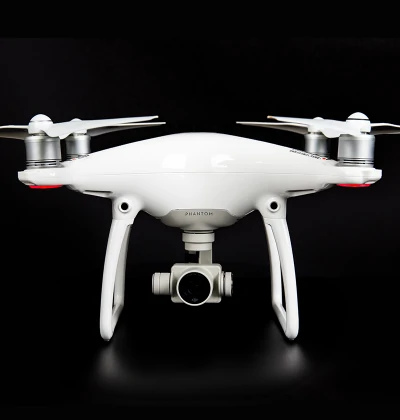
Aerospace & UAV
WJ Prototypes is your 3D manufacturing partner from prototype to large scale production.
Consumer Electronics
New Product Introduction Solutions for Consumer Electronics.

Robotics & Automation
Need some assistance bringing your robotic device or parts from the sketch-board to reality?
Medical Devices
The medical industry needs high quality, dependable and safe parts and products.
Automotive
New Product Introduction Solutions for Automotive
Industrial Machinery
The main purpose of industrial prototyping is to take the product from drawings into the real world.
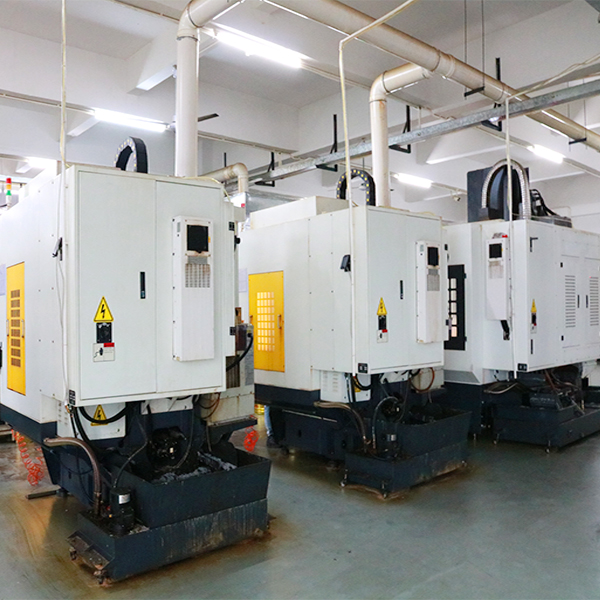
In today’s global manufacturing landscape, partnering with a CNC machining provider in China allows companies to reduce production costs while enhancing product quality and efficiency. As an engineer and product development specialist, I have seen firsthand how outsourcing CNC machining services to China has streamlined supply chains and boosted competitiveness in aerospace, automotive, and consumer electronics. This article outlines the key advantages of working with Chinese CNC machining providers, including cost savings, production efficiency, skilled labor access, advanced technology, global industry support, rigorous quality assurance, and effective communication management.
Chinese providers benefit from economies of scale, advanced infrastructure, and competitive labor markets to lower manufacturing costs. Their rapid delivery, streamlined supply chain management, deep technical expertise, and investment in state-of-the-art CNC machines and Industry 4.0 practices enable them to offer quick turnaround times and high-quality production. In addition, these providers offer customized solutions supported by strict quality control and internationally recognized certifications. Excellent communication practices help overcome language and cultural barriers, making collaboration smooth and efficient.
We Are Happy To Help You! - Serving Clients Worldwide From China - Dedicated Project Manager.
No MOQ | Quality & Precision | Fast Turnaround | Rapid Prototypes | Low-Volume To Mass Production | Global Delivery
Talk To Our Certified Engineers. Send Your Requirements To Us Through Our Contact Us Page
OR Email to info@wjprototypes.com
Chinese CNC machining projects benefit from significant cost reductions. Manufacturing costs can drop by 30% to 50% compared to Western counterparts, thanks to low labor rates, mature infrastructure, and efficient transportation networks. High-volume production and robotic automation further reduce expenses, while favorable government policies and competitive supply chains help maintain predictable and minimized project costs. Although companies should assess potential extras such as quality control, shipping, and customs fees, the overall cost advantage translates into better profit margins and increased flexibility in investing in R&D and marketing.
The key factors contributing to lower costs in China include:
These factors combine to create an environment where production costs remain consistently low, a benefit that is passed directly to customers through competitive pricing.
Lower production costs free up resources that companies can reinvest in product innovation, quality enhancements, and market expansion. Savings improve profit margins, shorten the breakeven period, and allow firms to allocate funds toward advanced technology and precision tools. With a leaner cost structure, businesses can also manage risks more effectively, plan for market fluctuations, and remain competitive on a global scale.
While upfront costs are clear, companies should be aware of potential hidden fees such as charges for additional quality control measures, packaging, shipping, and customs duties. There may be extra costs for expedited delivery or customized finishing services. A thorough review of contractual terms and proactive risk management—including detailed documentation from procurement to delivery—is essential to ensure that the overall savings remain substantial.
ALSO READ: Discover Market Insights for Precision Metal Parts Success
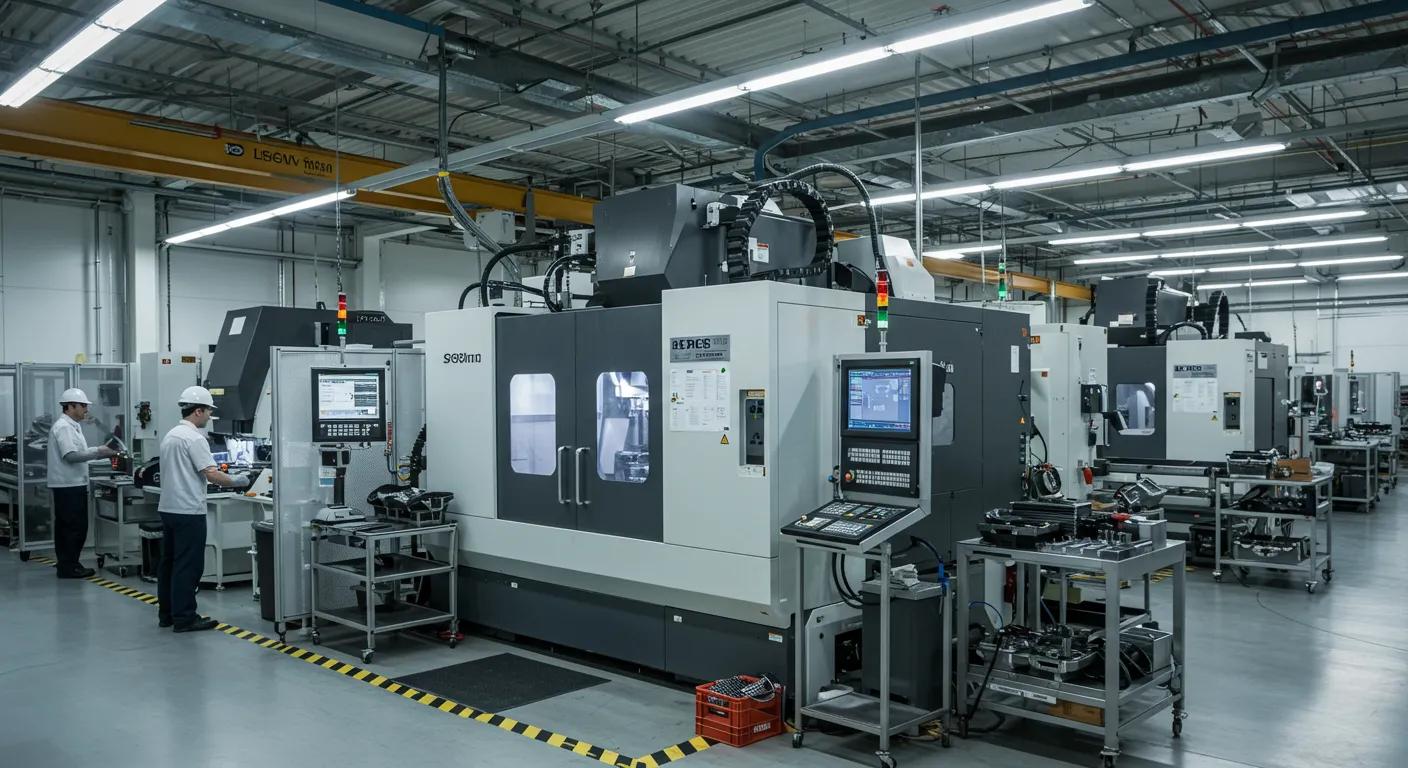
Partnering with Chinese CNC providers improves production efficiency through streamlined processes, state-of-the-art machinery, and a robust supply chain network. Rapid turnaround times, high automation, and scalable production facilities enable these providers to cater to both prototype and mass production needs with minimal downtime. Integration of lean manufacturing and predictive maintenance helps reduce waste and optimize machine utilization. The result is consistent production output, higher quality control, and improved customer satisfaction.
Chinese providers achieve fast delivery through:
This focus on efficiency allows them to meet tight project deadlines, even for last-minute orders.
The ability to scale production is a major advantage. For small projects, companies benefit from rapid prototyping and low-volume production with the same precision as high-volume runs. For larger projects, significant investments in high-end CNC machines and skilled labor ensure that parts maintain strict quality standards. Scalability means that firms can quickly adapt to market changes, keep inventory levels low, and plan production without worrying about capacity constraints.
A streamlined supply chain is critical for production efficiency. Chinese providers integrate suppliers, logistics, and manufacturing through advanced ERP systems and real-time monitoring. This coordinated network minimizes lead times, reduces costs, and ensures a constant flow of materials and parts. The result is improved quality control and a reliable production schedule that meets customer demands.
ALSO READ: What Affects Lead Times in CNC Machining in China?
Skilled CNC machinists are at the heart of high-quality production in China. With extensive training and years of hands-on experience in advanced machining techniques, these professionals can handle complex and custom projects with exceptional precision. Their versatility in switching between different processes—such as milling, turning, drilling, and engraving—ensures that even intricate designs meet strict tolerances and quality standards.
Many Chinese machinists come from backgrounds in large-scale manufacturing and high-tech industries, giving them exposure to a wide range of materials and production challenges. Their expertise in both traditional and computer-aided manufacturing enables them to troubleshoot issues, fine-tune machinery settings, and execute innovative solutions efficiently. Continuous professional development keeps their skills updated, ensuring they consistently produce high-quality work.
Chinese providers support a broad range of CNC machining processes, including: Milling and turning for both metals and plastics. Drilling and grinding for precision parts. And, advanced techniques like electrical discharge machining (EDM), laser cutting, and waterjet cutting.
Often, multiple processes are combined in one production run, along with secondary operations such as surface finishing and assembly. This integrated approach reduces lead times and minimizes risks associated with using multiple suppliers.
Skilled labor ensures that products meet tight tolerances and excellent surface finishes. Experienced machinists can adjust parameters in real time to minimize deviations and waste. Their craftsmanship, combined with rigorous quality assurance practices, leads to significant improvements in product consistency and reliability – crucial factors in industries like aerospace and medical devices where precision is paramount.
We Are Happy To Help You! - Serving Clients Worldwide From China - Dedicated Project Manager.
No MOQ | Quality & Precision | Fast Turnaround | Rapid Prototypes | Low-Volume To Mass Production | Global Delivery
Talk To Our Certified Engineers. Send Your Requirements To Us Through Our Contact Us Page
OR Email to info@wjprototypes.com
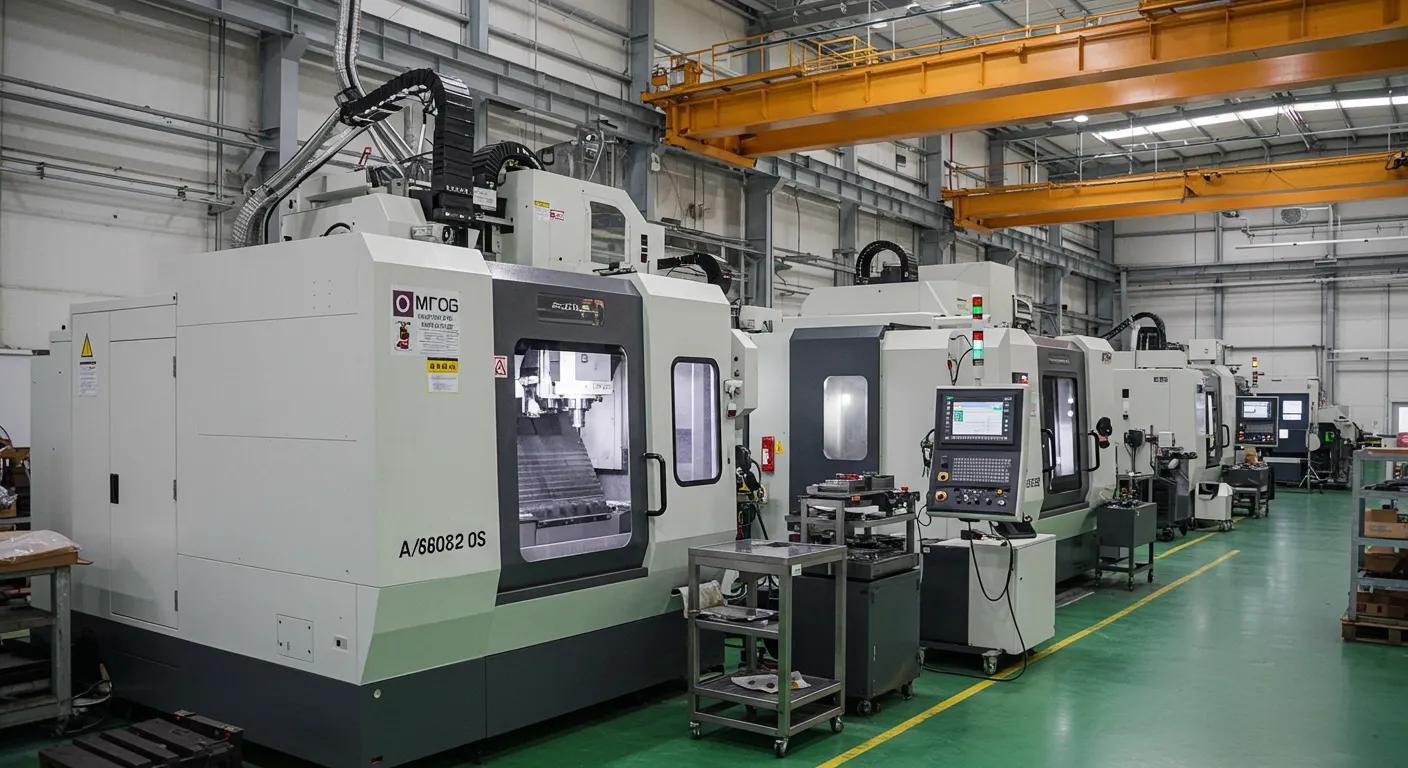
Chinese CNC machining centers are leaders in adopting advanced technologies. They regularly invest in high-speed, multi-axis CNC machines and automated inspection systems that enhance production speed and precision. Integration of CAD/CAM software, robotics for material handling, and 3D modeling for design validation further streamline the manufacturing process.
Available machines range from 3-axis and 4-axis to sophisticated 5-axis CNC systems, along with high-precision EDM and laser cutting machines. These advanced machines offer exceptional accuracy and repeatability, crucial for complex geometries and high-volume production. Regular calibration and integration with digital controls ensure that every component meets rigorous industry standards.
Technological innovations improve manufacturing by:
These improvements result in higher productivity, reduced costs, and consistent product quality essential for competitive markets such as aerospace and healthcare.
Absolutely. Investment in Industry 4.0 technologies—such as IoT, robotics, and cloud computing—is common among Chinese providers. These investments lead to agile production lines, automated quality inspections, and synchronized ERP systems that enhance overall production efficiency, reduce operational costs, and deliver reliable outputs on time.
Chinese CNC machining services are critical for global industries by offering cost-effective production, high-quality output, and flexibility through custom solutions. Sectors such as aerospace, automotive, medical devices, and consumer electronics rely on these capabilities to maintain precision and efficiency in a competitive market.
Customized solutions are designed to meet strict industry standards—whether it’s the tight tolerances needed in aerospace or the biocompatibility requirements in medical devices. Additionally, strong international partnerships prove the scalability and reliability of Chinese manufacturing, helping companies reduce costs, speed up production, and support long-term strategic goals.
Key beneficiaries include:
Chinese CNC providers tailor their processes by adjusting cutting speeds, tooling, and materials to match the unique needs of different industries. Engineers work closely with these providers to modify machining parameters—for example, achieving lightweight yet strong components in aerospace or ensuring biocompatibility in medical devices. This customization maximizes performance while controlling costs.
International collaborations demonstrate tangible benefits. For instance, an aerospace firm reduced component costs by 25% with a Chinese supplier, while U.S. medical device companies have achieved faster prototype development and compliance with strict FDA standards. Similarly, automotive manufacturers have leveraged these services to accelerate electric vehicle development, highlighting the cost savings, quality improvements, and rapid time-to-market achieved through these partnerships.
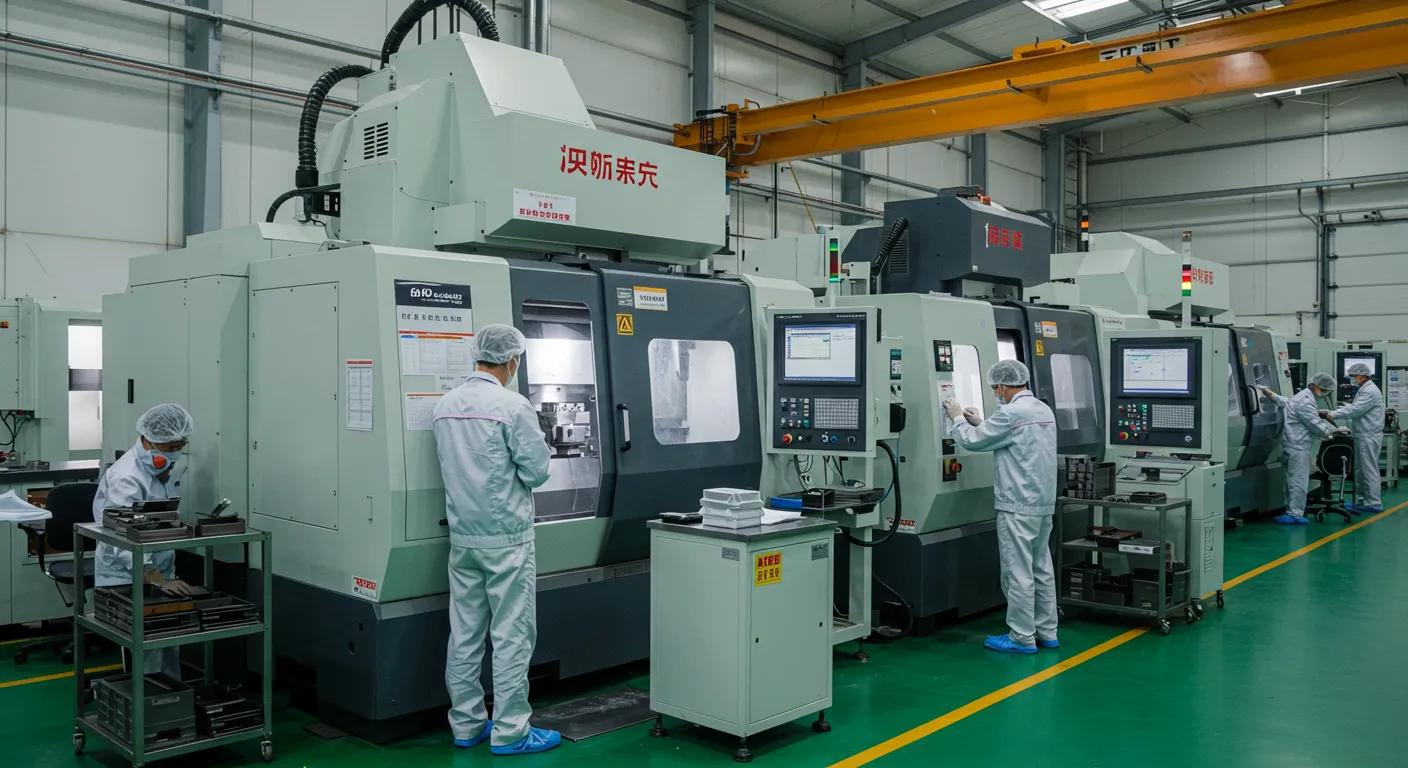
Quality assurance is central to Chinese CNC machining. Providers implement strict quality management systems, using comprehensive inspection protocols at multiple production stages. Automated measurement technologies and manual inspections ensure that every part meets international standards such as ISO 9001, AS9100, and ISO 13485. Ongoing audits and continuous improvement processes guarantee consistent quality and reliability.
Precision is maintained through high-precision CNC machines with real-time sensor monitoring and automated adjustments. Advanced systems such as CMMs, laser scanners, and optical comparators continuously verify critical dimensions. Skilled operators further refine processes by promptly addressing deviations, while thorough documentation and traceability enable quick issue resolution.
Many providers hold certifications like ISO 9001, AS9100, and ISO 13485, along with compliance with IATF 16949 and IPC standards for specific industries. These certifications require regular audits and strict quality controls, assuring customers that every part is produced under a rigorous, standardized framework.
Inspection is conducted in layers beginning with raw material checks, followed by in-process automated and manual inspections, and concluding with final tests using CMMs and laser scanning. Detailed reports and traceability records ensure that any defects are corrected immediately, resulting in high-quality products.
This is one of the important concern while choosing a manufacturer in China. Effective communication is vital. Establishing clear, regular communication channels through email, video conferencing, and dedicated project management software helps synchronize technical specifications and deadlines. Online management systems provide real-time progress updates, while employing bilingual managers bridges language gaps and ensures mutual understanding.
Best practices include: Using bilingual staff or translators familiar with technical jargon. Preparing detailed written specifications in both English and Chinese are preferred. Regular check-in meetings and visual aids like diagrams, photos, and CAD files are mandatory. Participate in cultural training to understand Chinese business etiquette. These measures build trust and ensure that communication remains clear and effective.
Tools such as Trello, Asana, and ERP systems enable real-time task tracking, document sharing, and automated status reporting. This integration helps all stakeholders stay aligned on progress and deadlines while minimizing delays and miscommunications.
During a project, expect: An initial consultation to establish requirements, timelines, and quality standards. Secondly, Detailed documentation of project specifications and contract terms. Then, Regular progress reports and in-process quality checks during production. And, Final inspections and traceability reviews before shipment. Clear, continuous communication throughout these stages minimizes risks and ensures on-time, high-quality delivery.
Q: How do lower manufacturing costs in China impact my overall project budget?
A: Lower costs reduce production expenses, allowing companies to invest more in innovation and marketing, improve profit margins, and achieve a quicker breakeven.
Q: What advanced CNC machining technologies are used in China?
A: Providers use modern 3-axis to 5-axis CNC machines, EDM, laser cutting, waterjet technologies, integrated with CAD/CAM, IoT sensors, and real-time monitoring software.
Q: How do Chinese CNC providers ensure the quality of machined parts?
A: They implement rigorous quality assurance protocols, using both automated measurement systems and skilled manual inspections, supported by certifications like ISO 9001, AS9100, and ISO 13485.
Q: What measures can I take to overcome communication challenges with a Chinese partner?
A: Engage bilingual project managers, use dual-language documentation, employ visual communication tools such as diagrams and CAD models, and hold regular video conferences for updates.
Q: Which industries can benefit most from partnering with a Chinese CNC machining provider?
A: Aerospace, automotive, medical devices, and consumer electronics benefit greatly due to the need for high precision, customizable solutions, and rapid production times.
Partnering with a CNC machining provider in China offers significant advantages beyond cost saving. Advanced technology, skilled labor, efficient production processes, and reliable quality assurance combine to enhance global competitiveness. These benefits translate into reduced costs, improved efficiency, and superior product quality—factors that are crucial for success in today’s fast-paced, competitive markets.
We Are Happy To Help You! - Serving Clients Worldwide From China - Dedicated Project Manager.
No MOQ | Quality & Precision | Fast Turnaround | Rapid Prototypes | Low-Volume To Mass Production | Global Delivery
Talk To Our Certified Engineers. Send Your Requirements To Us Through Our Contact Us Page
OR Email to info@wjprototypes.com